11 Beautiful Antique Dishware Patterns and Their Origins
Each antique dishware pattern is a window into the past, offering a glimpse of history through its design. These patterns have evolved over centuries, shaped by culture, craftsmanship, and tradition. From royal dinners to family gatherings, these dishes have witnessed countless moments. Let’s dive into the stories that make these patterns iconic. Prepare to discover the fascinating details behind these beloved designs.
This post may contain affiliate links, which helps keep this content free. Please read our disclosure for more info.
Blue Willow Pattern
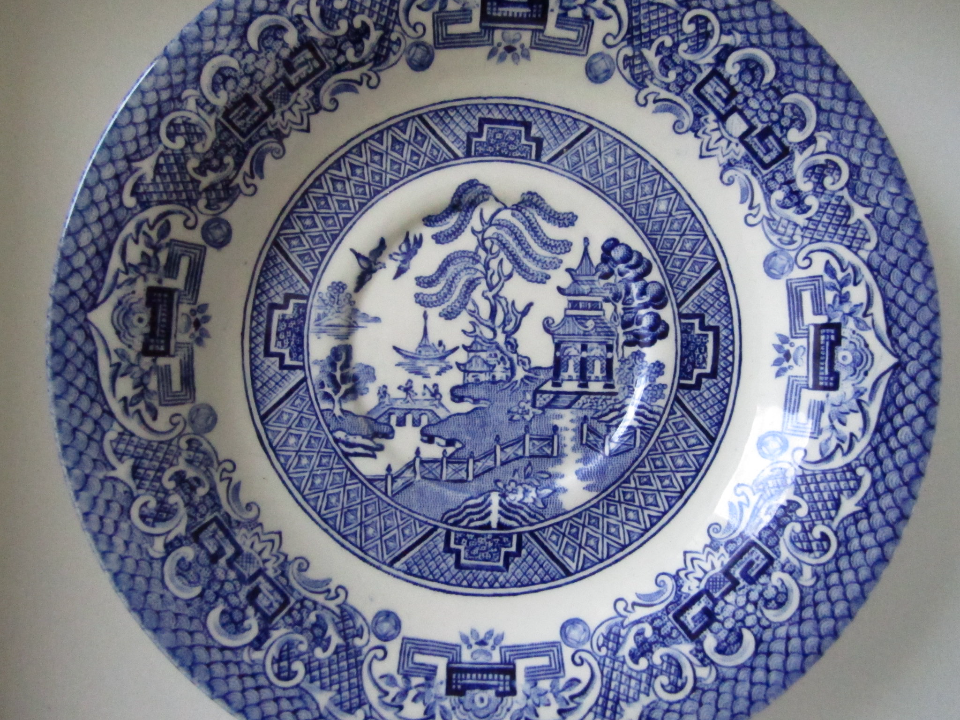
The Blue Willow pattern is one of the most recognizable designs in antique dishware. Originating in England during the late 18th century, it was inspired by Chinese porcelain designs. The pattern tells a romantic story of a Chinese princess and her lover, intertwined with mythical elements like a pagoda and a bridge. Its blue-and-white color scheme made it popular among European collectors and has remained a classic in homes around the world.
Over time, Blue Willow became a symbol of timeless elegance. Its simple yet intricate design has been replicated by many manufacturers, making it widely available. Collectors often seek older versions, which may include slight variations in the design and glaze. As one of the most reproduced patterns, it remains a favorite among antique dishware enthusiasts.
Rose Chintz
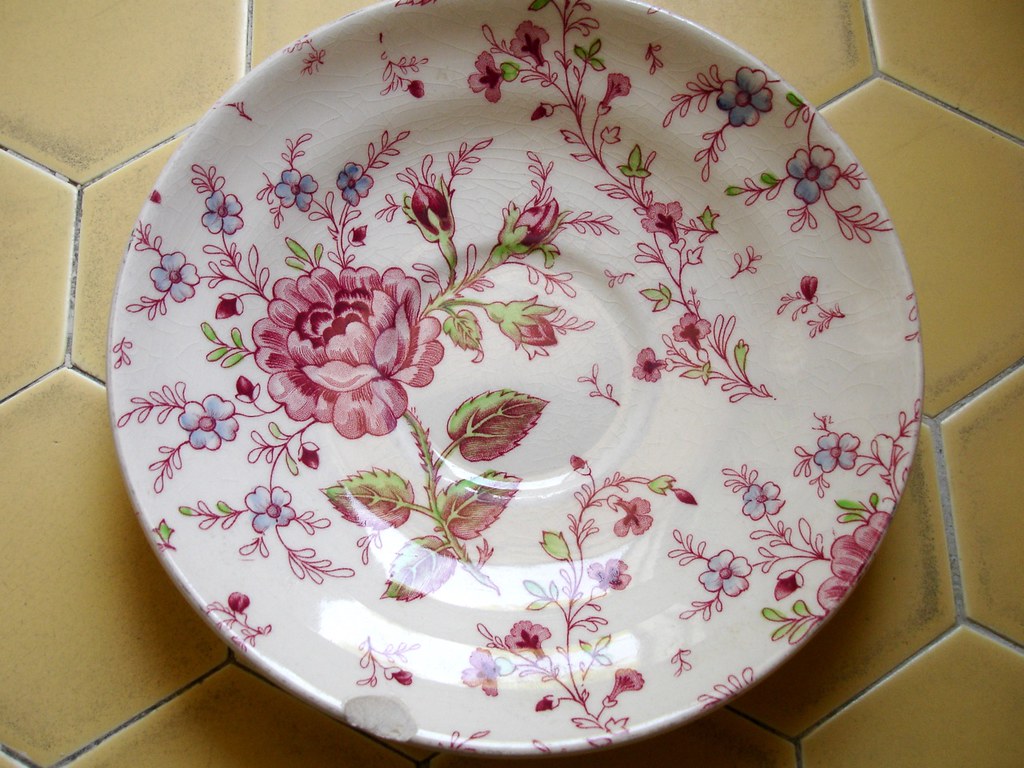
Rose Chintz is a floral pattern that gained popularity in the early 20th century. Its bright, vibrant rose designs were often set against soft, pastel backgrounds, giving it a delicate yet bold look. The pattern became particularly famous during the Art Deco period, with various English manufacturers producing sets of dinnerware and tea sets.
Today, Rose Chintz pieces are cherished by collectors who appreciate its vintage charm. The design remains one of the most beloved floral patterns in antique dishware. The intricate floral motifs and soft color palette continue to make it a staple in the world of vintage porcelain. The pattern’s appeal lies in its ability to blend old-world craftsmanship with timeless beauty.
Spode Christmas Tree

The Spode Christmas Tree pattern, first introduced in 1938, is a staple of holiday celebrations. It was designed by Harold Holdway, who wanted to capture the spirit of Christmas with a tree at the center of the pattern. Featuring a decorated Christmas tree surrounded by festive elements, the design was originally part of Spode’s traditional Christmas dinnerware collection. Over time, it became synonymous with Christmas dinners around the world.
Collectors often seek vintage Spode Christmas Tree pieces, especially those made during the early years of production. Its nostalgic design has made it a holiday tradition for many families. The warm, inviting image of a decorated tree evokes memories of family gatherings, making it more than just a pattern, as it is a cherished part of holiday heritage. It continues to be a popular collectible today, with many pieces passed down through generations.
Flow Blue
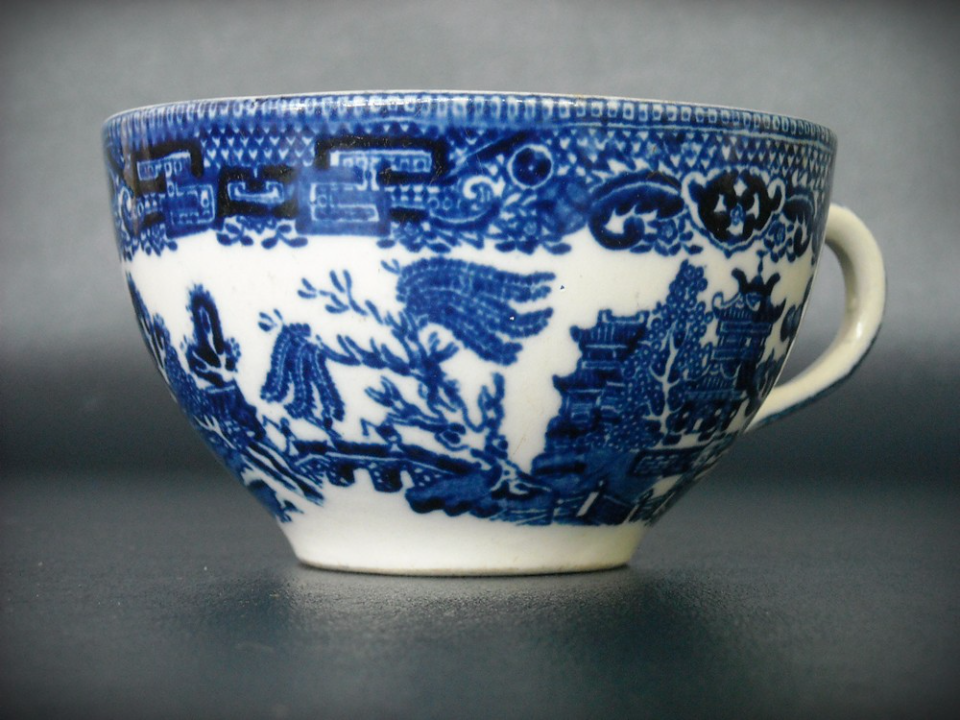
Flow Blue is a distinctive pattern known for its deep blue, blurry edges. This pattern emerged in England in the early 19th century, during the height of the British porcelain industry. The “flowing” blue color was the result of a flaw in the glazing process, which made the color spread unpredictably. However, this unexpected flaw became a sought-after feature, and Flow Blue became a highly prized pattern.
What sets Flow Blue apart is its rich history in European porcelain manufacturing. Though originally a mistake, the design became iconic due to its unique aesthetic and craftsmanship. Flow Blue was produced by several well-known pottery makers, including Spode and Wedgwood. The pieces are often characterized by intricate floral motifs or scenic landscapes, making them a treasured part of antique dishware collections.
Imari Pattern
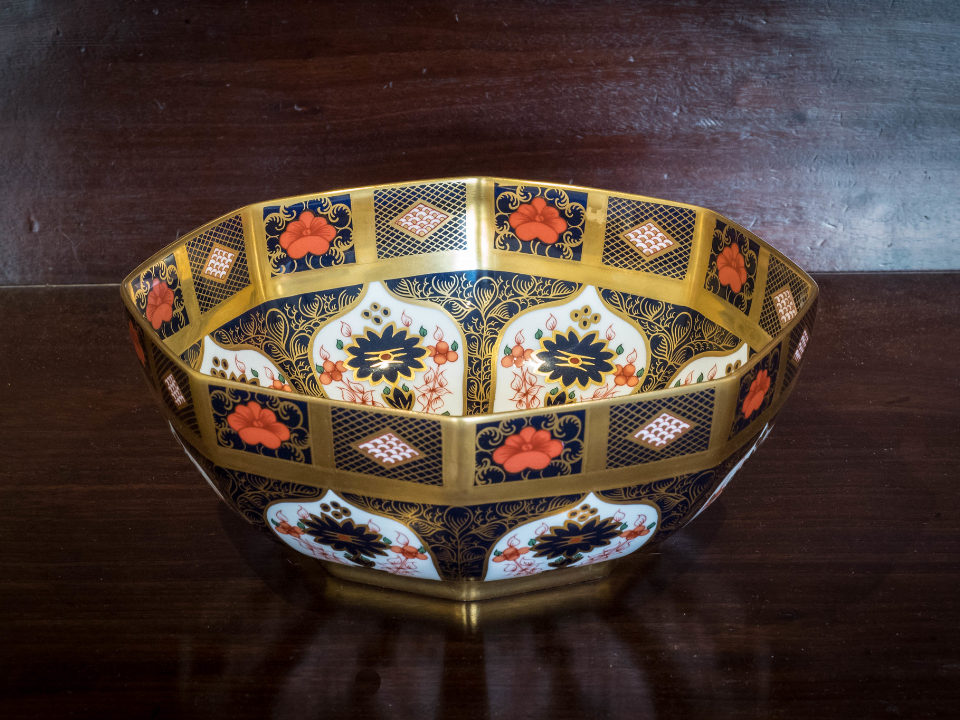
Imari porcelain, known for its vibrant red, cobalt blue, and gold accents, originated in Japan in the 17th century. Named after the port of Imari, where it was first exported to Europe, this design became synonymous with Japanese porcelain. The bold and intricate motifs often featured floral patterns, birds, and landscapes. Imari porcelain was highly sought after by European collectors, especially during the Qing Dynasty in China.
Imari patterns became a major influence on Western porcelain designs, inspiring many European manufacturers to replicate the style. Collectors particularly admire the rich color palette and the fine craftsmanship of the porcelain. Due to its long history and exquisite design, Imari porcelain remains one of the most coveted types of antique dishware.
Minton Hound & Hare
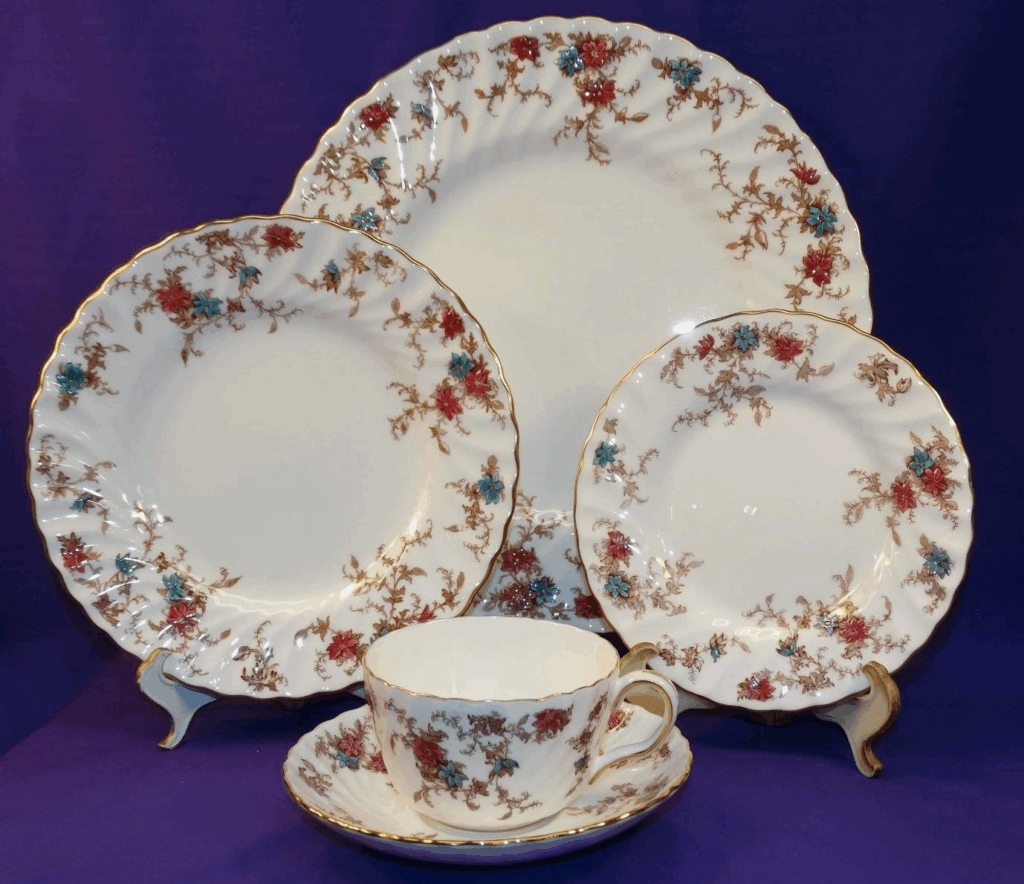
The Minton Hound & Hare pattern is a celebrated example of 19th-century English porcelain. Created by the Minton company, this design captures the spirit of English hunting scenes, with a hound in pursuit of a hare. The intricate detailing of the animals and the surrounding foliage exemplifies the fine craftsmanship of the period.
Pieces in the Hound & Hare pattern are often admired for their realistic portrayal of nature. The design reflects the cultural fascination with hunting during the Victorian era, a time when outdoor sports were a symbol of status and wealth. Today, the pattern remains a sought-after collectible, especially in antique circles. The Minton company’s legacy in creating high-quality porcelain ensures that this design continues to be treasured by collectors.
Wedgwood Jasperware
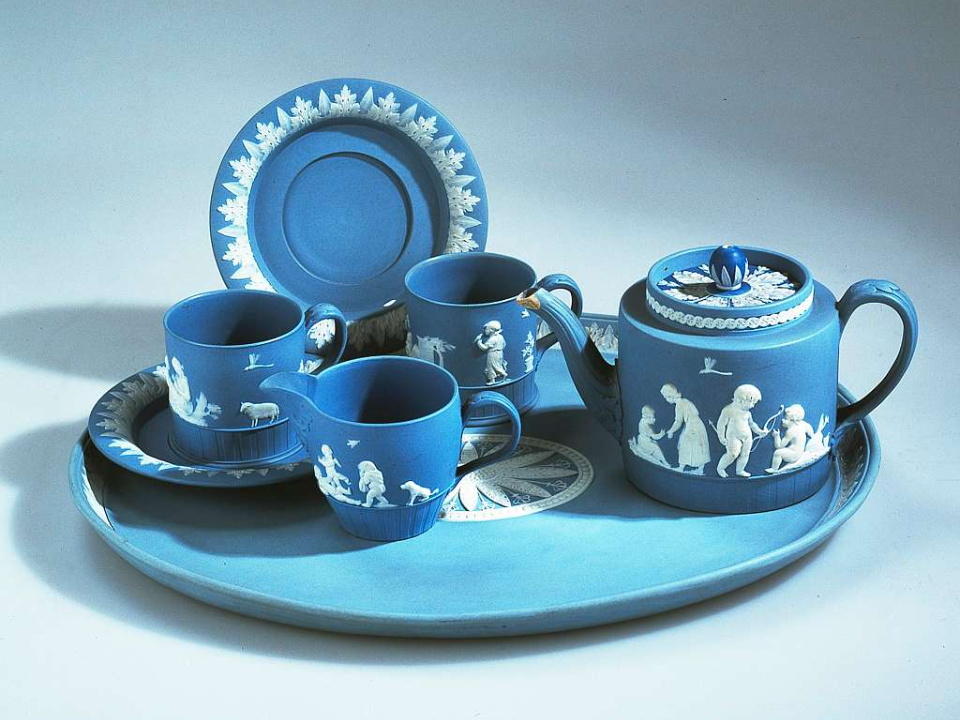
Wedgwood Jasperware is one of the most famous and distinctive patterns in the history of English ceramics. Developed by Josiah Wedgwood in the 18th century, it is known for its matte, stone-like finish and contrasting white relief figures. The most iconic version of this pattern features classical motifs, often depicting Greek and Roman scenes, gods, and goddesses. The pale blue background, known as “Wedgwood blue,” has become a signature color for the brand.
Jasperware was revolutionary for its time, combining classical artistry with innovative manufacturing techniques. Today, it remains a hallmark of fine porcelain, with collectors seeking vintage pieces from the late 18th and early 19th centuries. Wedgwood Jasperware is often considered a symbol of sophistication and timeless elegance.
Transferware
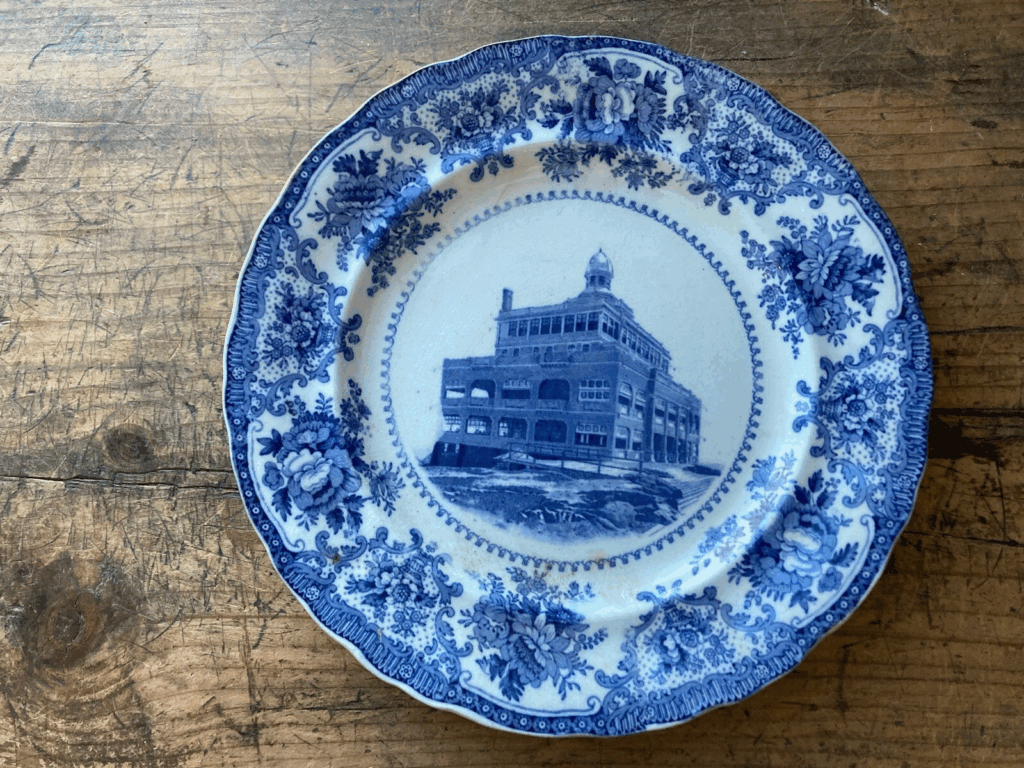
Transferware is a type of pottery that was developed in England in the late 18th century. The technique involves transferring an inked design from a copper plate to a piece of pottery, making it faster and more affordable than hand-painting designs. The patterns often feature scenic landscapes, historical scenes, or floral designs. Transferware became widely popular in both Europe and America, especially during the Victorian era.
This mass-production method made beautiful porcelain accessible to the middle class, allowing people to enjoy fine designs without the high cost of hand-painted china. Transferware remains popular among collectors, particularly for its variety and historical appeal. The blue-and-white color schemes are especially sought after, as they are some of the most iconic pieces in antique dishware. Many transferware pieces are still displayed in museums and private collections, admired for their artistry and craftsmanship.
Royal Worcester
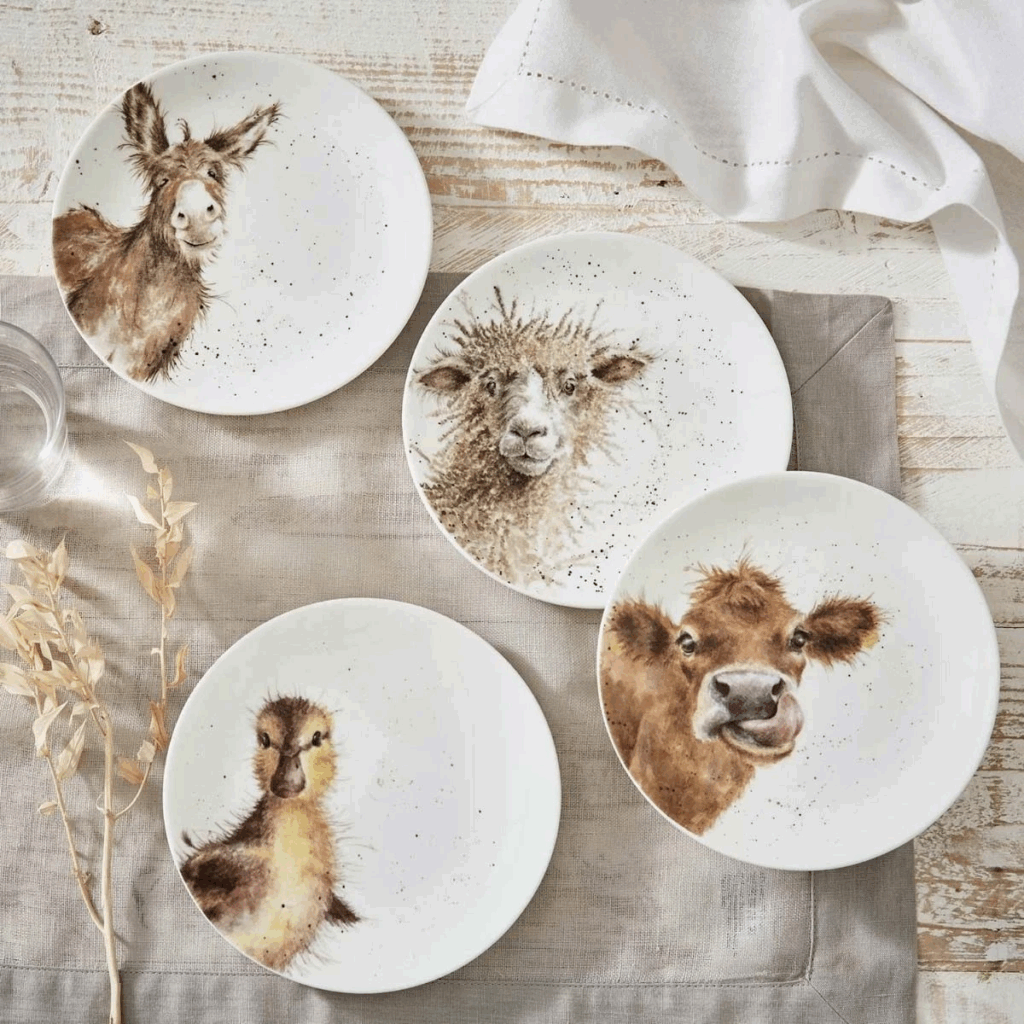
Royal Worcester is one of the oldest and most respected names in English porcelain. The company, founded in the 18th century, became known for its fine, hand-painted designs and luxurious dinnerware. Royal Worcester pieces often feature intricate floral patterns, landscapes, or portraits, showcasing the skill of the artists who worked there. The brand’s fine porcelain was highly regarded by aristocrats and collectors alike.
Today, Royal Worcester pieces are still highly sought after by antique dishware enthusiasts. The brand’s long history and commitment to quality craftsmanship ensure that its pieces continue to fetch high prices at auctions. Collectors appreciate the brand’s attention to detail and the rarity of older pieces, which often feature the delicate brushwork of skilled artisans.
Bavarian China
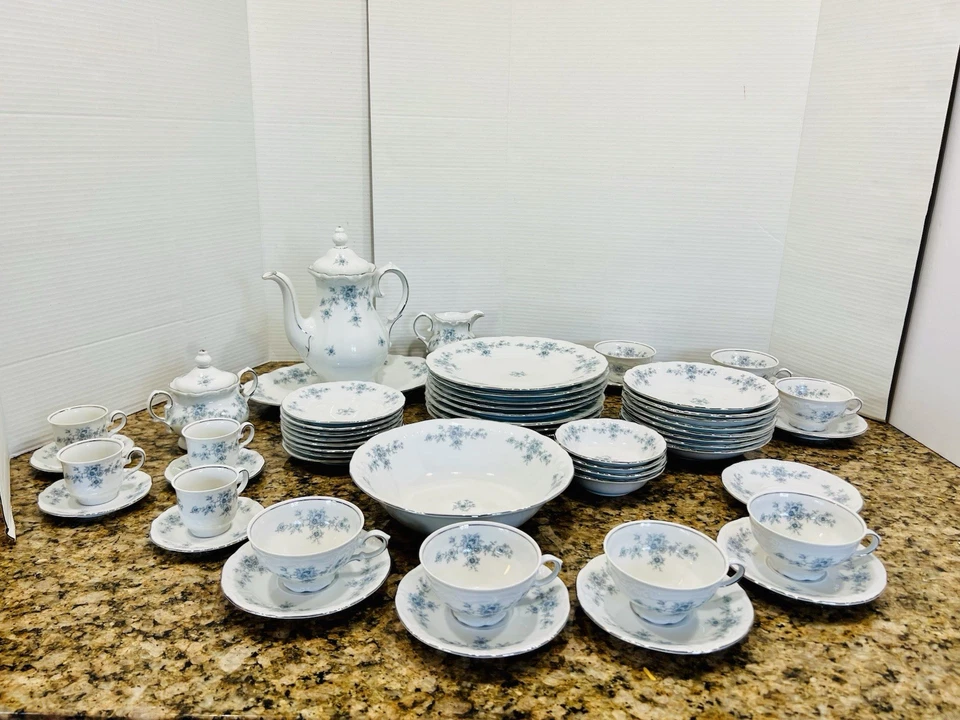
Bavarian china refers to porcelain made in Bavaria, Germany, and is known for its delicate and finely crafted designs. The tradition of porcelain making in Bavaria began in the 18th century, and Bavarian china became renowned for its intricate floral patterns and gold trim. Many Bavarian china pieces were created for the European aristocracy and were highly sought after for their luxury and craftsmanship. Bavarian china often features scenes from nature, as well as ornate, hand-painted details.
Collectors highly value Bavarian china for its historical significance and beauty. The porcelain is often adorned with floral designs, such as roses and violets, making it particularly attractive to those who appreciate vintage floral patterns. The quality of Bavarian china remains exceptional, with pieces from renowned manufacturers such as Nymphenburg, Hutschenreuther, and Rosenthal being highly prized.
Porcelain Delftware
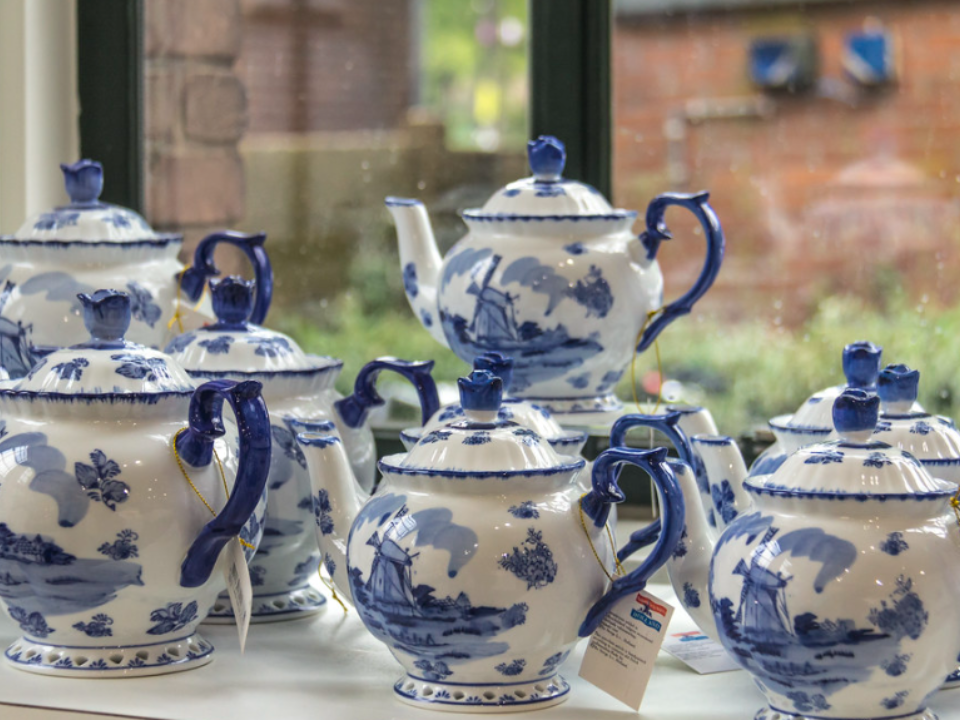
Delftware is a type of pottery that originated in the Netherlands in the 17th century. Inspired by Chinese blue-and-white porcelain, Dutch craftsmen developed their own version, using local materials and techniques. Delftware often features scenes from nature, biblical stories, or everyday life, with intricate details and delicate hand-painting. The blue-and-white color scheme became a signature style, with many pieces produced during the Dutch Golden Age.
Today, Delftware is considered one of the most iconic types of European porcelain. Collectors are drawn to its historical significance and the skill of the artisans who created it. Delftware continues to be produced, but vintage pieces, especially those made in the 17th and 18th centuries, are the most highly prized. The craftsmanship, combined with its rich history, ensures that Delftware remains a key player in the world of antique ceramics.
This article originally appeared on Avocadu.
